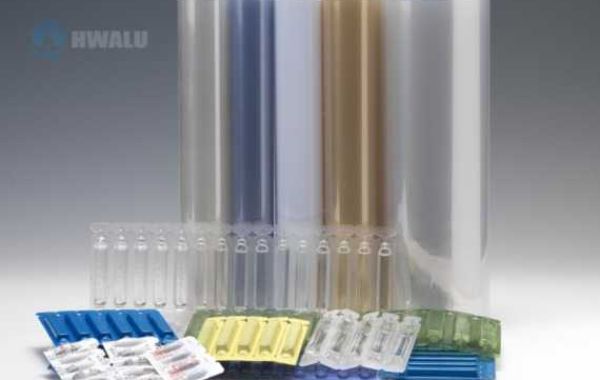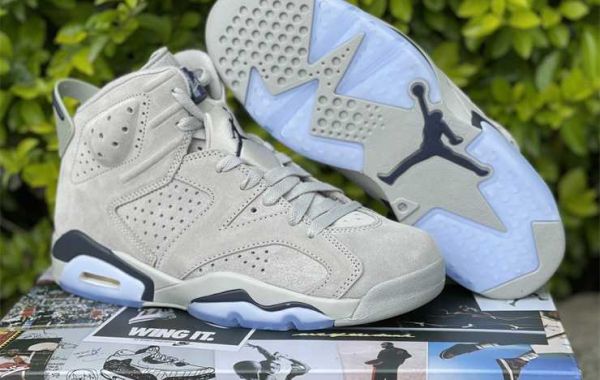The suitability of an aluminum alloy for pharmaceutical foil depends primarily on its intended use, the required mechanical properties, and compatibility with the packaging process. Among the commonly used pharmaceutical aluminum foil alloys, 8011 and 8021 are particularly popular.
1. Aluminum Alloy 8011
- Composition: Contains aluminum, with small amounts of iron and silicon added to enhance strength and barrier properties.
- Features:
- Excellent barrier properties to moisture, light, and gases.
- Good formability, making it ideal for blister and strip packaging.
- Suitable for lamination with other materials such as paper or plastic.
- Application:
- Blister packaging for tablets and capsules.
- Strip packaging for powdered or granular drugs.
- Laminated bags.
2. 8021 Aluminum Alloy
- Composition: Similar to 8011, but with a higher purity of aluminum, ensuring excellent performance in demanding applications.
- Features:
- Strength and elongation properties are better than 8011.
- Excellent deep drawing performance for blister packaging.
- Excellent pinhole and tear resistance.
- Applications:
- High barrier blister packaging for moisture-sensitive or light-sensitive drugs.
- Medical device packaging.
3. 8079 aluminum alloy
- Composition: High aluminum content, elements added to improve strength and corrosion resistance.
- Features:
- Excellent flexibility and ductility.
- Excellent barrier properties, similar to 8021.
- Applications:
- Ultra-thin foil for flexible packaging.
- Heat-sealed lids for pharmaceutical containers.
Factors to consider when selecting:
- Barrier requirements: For high barrier applications, 8021 and 8079 are better because they have excellent strength and pinhole resistance.
- Forming properties: If deep drawing is required (e.g. for complex blister designs), 8021 is preferred.
- Cost considerations: 8011 is more cost-effective and suitable for standard pharmaceutical packaging.
Conclusion:
- For standard applications: 8011 is a reliable and economical choice.
- For high barrier or specialty applications: 8021 is more suitable due to its enhanced properties.








